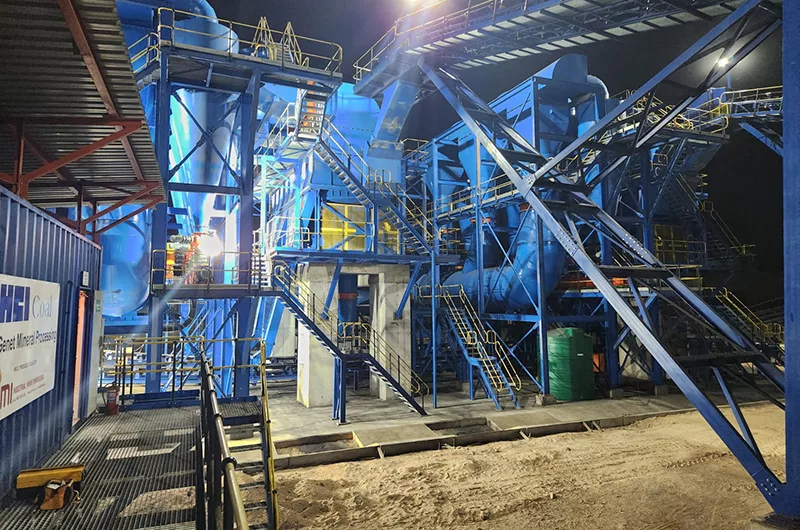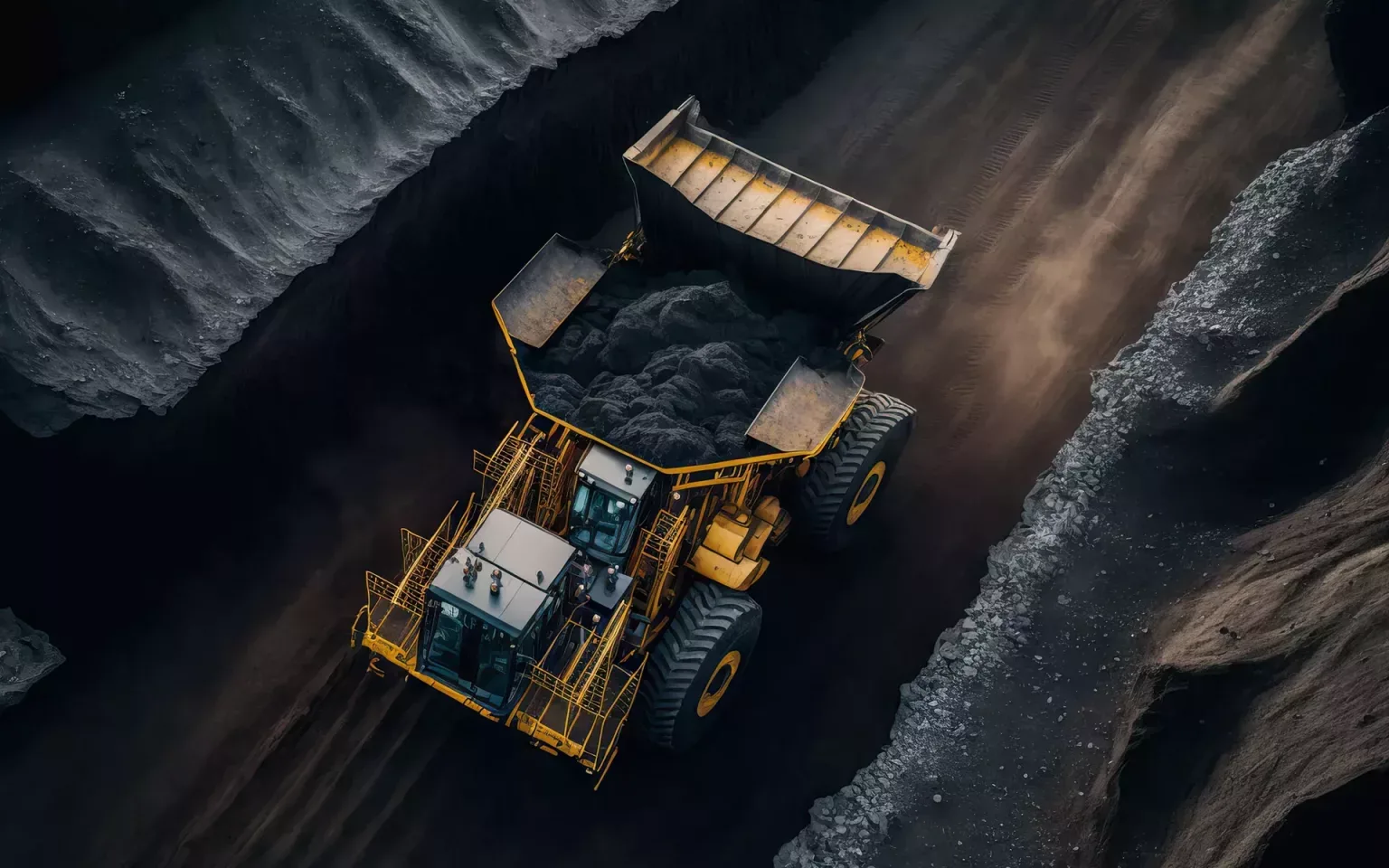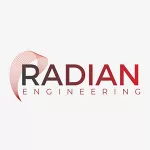HCI Coal is the responsible mining company pursuing growth and diversification across South Africa. We dig deep into operations behind the Palesa mine with co-CEO, Pieter Terblanche.
CLEANING UP COAL
The demand for commodities is changing as technology evolves worldwide and we need to be able to take advantage of this shift in demand.”
Like the tectonic plates that shape our Earth’s continents and oceans, the demand for the extractive resources that power our world is shifting.
In the advent of the clean energy economy, fossil fuels continue to fulfil a vital role in keeping the lights on, but the future lies in alternate resources. Adapting to this transition is a major prospect in a heavily coal-dependent country that produces over 250 million tons of coal every year, and accounts for 90 percent of the coal consumed across the entire African continent.
As a junior mining company based in South Africa (SA), HCI Coal is all too aware of this paradigm shift and is channelling the spirit of agility and diversity to maintain both relevance and competitiveness in this evolving field.
For co-CEO Pieter Terblanche, the need for HCI Coal to look and invest beyond the commodity from which the company takes its name, is a pressing challenge that it intends to meet head-on. This is particularly pertinent in a country where funding for coal projects is simply no longer available, despite SA ranking among the world’s most coal-dependent nations.
“We need to be cognisant of the fact that coal will not be the commodity of choice in the long-term due to the environmental impacts,” he says.
Consequently, HCI Coal is pursuing diversification into other, future-relevant commodities, while preserving its proud status as a responsible mining company.
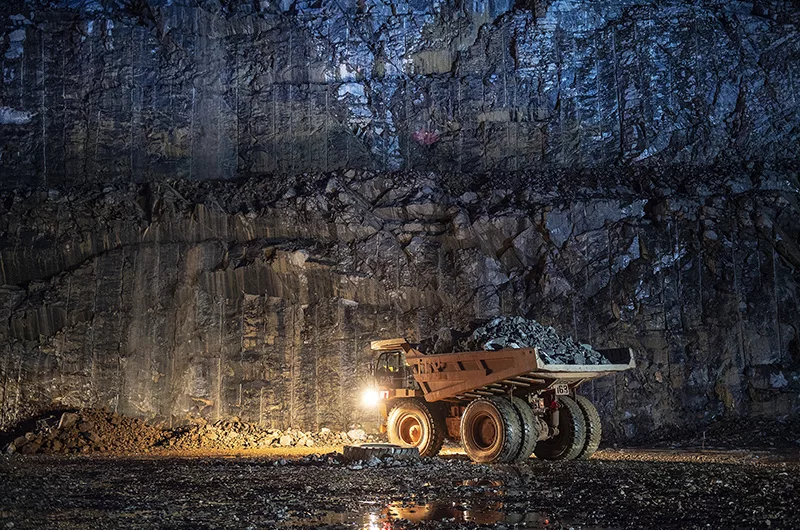
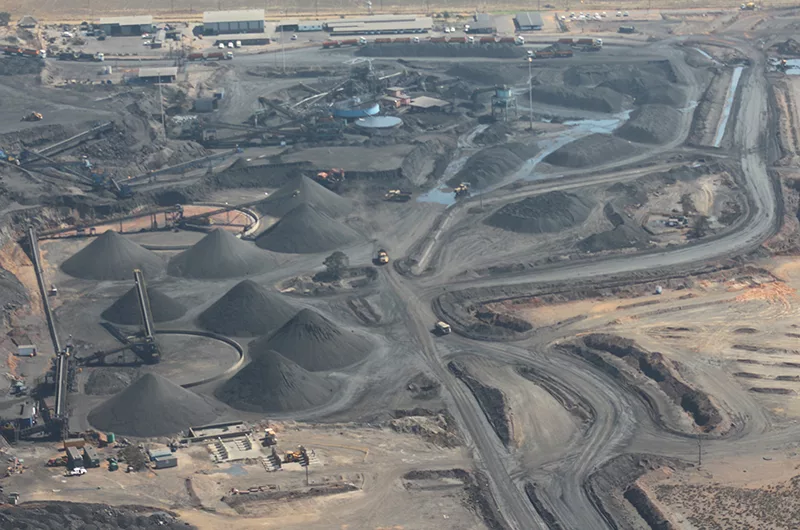
INSIDE HCI COAL
HCI Coal is 100 percent owned by Hosken Consolidated Investment (HCI), a Johannesburg Stock Exchange (JSE) listed and Level 2 Black Empowerment investment holding company. A key benefit in driving the company’s need for diversification, HCI Coal benefits as a subsidiary and contributing part of the wider holding company, which comprises a varied portfolio. The HCI Group counts a diverse array of investments across sectors, from hotel and leisure to transport, mining, clothing and properties, amongst others.
Indeed, Terblanche credits this structure as a key advantage during the recent turbulence of the COVID-19 pandemic, as HCI’s various investments reinforced the overall group against volatile and unpredictable market conditions.
“It was evident during COVID-19 that the holding company had to rely on its subsidiaries to keep it going,” he says. “It is in tough times such as this that it helps to have a diversified portfolio.”
Championing a holistic vision, HCI Coal’s plans for growth fall into the wider picture of contributing to the progress of the HCI Group as a whole and to the benefit of its shareholders. Currently, HCI’s majority shareholder is the South African Clothing and Textile Workers Union – a trade union encompassing over 10,000 members.
HCI Coal’s primary operations are centred on its sole operating mine – Palesa – which is located 37 kilometres (km) north of Bronkhorstspruit, and forms part of the Thembisile Hani Local Municipality, bordering the Nkangala Township within the City of Tshwane Metropolitan Municipality.
The company was originally formed in 2006, born as a joint venture with a consortium to mine coal at the Palesa site which is then sold to both local and export markets. As of financial year 2021 – 2022, the mine resumed the supply of coal to export markets on a medium-term basis.
A PARTNER OF QUALITY
As reported in 2022, coal accounts for a staggering 85 percent of SA’s electricity. Reflecting this dynamic, Palesa produced an initial supply of 4,653 tons of coal in the first month to Eskom – SA’s largest electricity public utility, when the mine became operational in 2009. Shortly after, in March 2010, Palesa signed an eight-year contract to supply 160,000 tons per month of coal to Eskom and in April, an additional 40,000 tons were negotiated.
“When Palesa went operational, the run-of-mine (ROM) qualities restricted us to the energy market and we therefore entered into a long-term offtake agreement with Eskom,” Terblanche explains. A second offtake agreement followed in 2018 to supply 240,000 tons per month.
“Eskom is our majority market, and we intend to keep it that way,” he shares.
The original ROM quality that restricted HCI Coal to the energy market remains a point of focus and improvement. At present, the company is engaged in efforts to improve the quality of its product in terms of ash and sulphur content. The culmination of this endeavour is HCI Coal’s recent major investment into an FX Air Separation Plant to facilitate the continued partnership with Eskom, but with a higher quality product.
“The reason behind this investment is to secure offtake in the medium- to long-term, but also to support the principle of cleaner coal since this will reduce the level of harmful emissions at the power stations,” Terblanche elaborates. HCI Coal’s recent interest in a new solar farm facility to be built on the land surrounding the Palesa mine will also further support these efforts.
Both undertakings will play an integral part in driving HCI Coal’s involvement in SA’s Just Energy Transition Partnership (JETP), as announced at COP26 in Glasgow, Scotland. Pledging net zero carbon emissions by 2050, the JETP seeks to address SA’s problematic status as the world’s 13th–biggest emitter of carbon by leveraging the finances of countries including the US, Germany, France and the UK, to help expedite its energy transition.
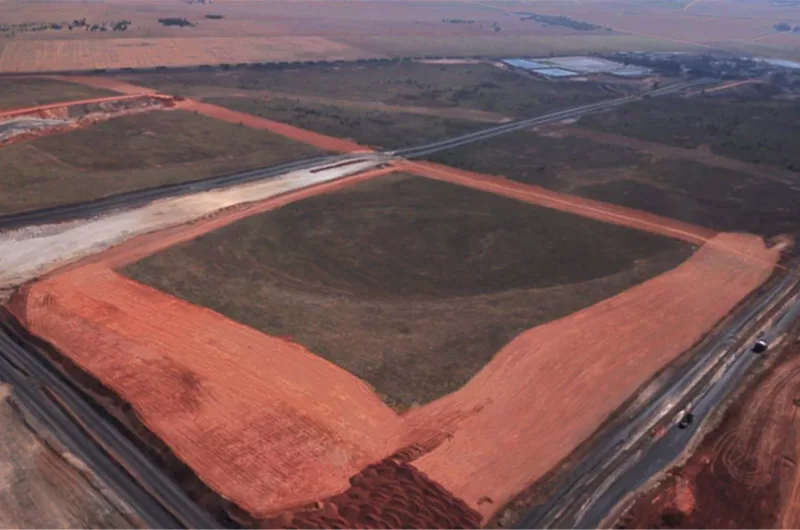
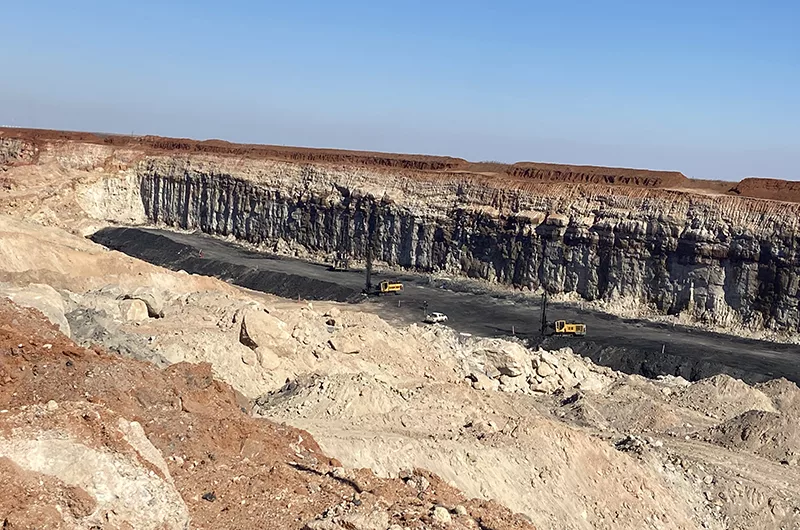
PROUDLY LOCAL
As a responsible corporate citizen, HCI Coal’s demonstrated concern for improving its environmental impact is complimented by a company-wide emphasis on social upliftment.
“It makes sense that people within the area where our business operates should benefit,” Terblanche states. “This is not just for those who are directly employed, but also their families and the communities as a whole.”
HCI Coal comprises 154 employees and 510 contractors at present, with a relatively young management team taking the helm. Across the board, there is an explicit focus on employing locally to contribute to the economic wellbeing of communities surrounding the Palesa mine.
Committed to Black Economic Empowerment (BEE), this is set in stone by the company’s social and labour plan (SLP) and reflected by HCI Coal’s tender processes, which reinforce its stance on ensuring that local black entrepreneurs are aware and benefit from the opportunities generated by its mining activities.
“When you initially start a project, you are not sure whether you are going to be able to recruit employees locally with the necessary skills and experience,” says Terblanche, which is a particular issue in a remote rural location such as Palesa.
“However, I am proud to say that more than 80 percent of our employees are from the local communities, including our contractors.”
In addition, HCI Coal uses the services of almost 50 local transport companies who are contracted to transport the coal directly to the company’s customers.
“It really is an injection for the local economy. This makes our employees proud and in turn means that the community then supports our success,” he surmises.
Furthering this community support is HCI Coal’s emphasis on creating a sustainable pipeline of talent through myriad opportunities for training and development. From learnerships for artisans at its mines to internships for top performing graduates, the company is committed to developing and nurturing local talent found within its immediate vicinity.

“To create a sustainable business, we need to diversify”
Pieter Terblanche, Co-CEO, HCI Coal
CREATING A SUSTAINABLE BUSINESS
Moving into the years ahead, HCI Coal’s priorities are centred on continuing to create a sustainable business that looks beyond coal and works to reduce its environmental footprint.
“Our first key priority is to successfully commission and operate the FX plant in order to negotiate an extension of our current offtake agreement with Eskom or enter into a new agreement,” outlines Terblanche. “We also want to get some traction on our solar project over the course of the next 12 months.”
Simultaneously, HCI Coal will be keeping its eye on new ventures, evaluating upcoming mining projects whilst continuing to deliver to export markets and exploring other alternative markets domestically.
Regardless of these new pursuits and the changing face of global resources, HCI Coal remains steadfast in its commitments to prospecting for commodities while creating opportunities and investing in local communities.
